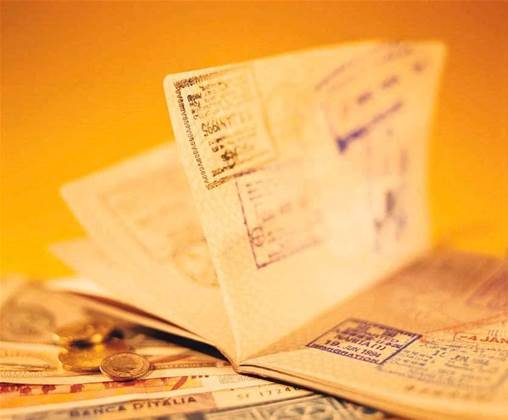The Department of Home Affairs has spent at least $80 million to date searching for an external provider to build and operate Australia’s new billion-dollar visa processing platform.

Visa and citizenship service group deputy secretary Malisa Golightly revealed the figure to the senate inquiry probing the planned outsourcing during a hearing on Friday.
She said the money had gone towards the design and procurement of the externally operated platform, which the department was slated to make a decision on by the end of last week.
“In terms of the design and procurement, I can’t delineate those off the top of my head. But design and procurement over these last couple of years has been in the order of $80 million,” she said.
Home Affairs was given $72 million last year to “progress the design and delivery” of the new visa processing platform, including almost $23 million in capital to “achieve the best value for money”.
A further $185 million was provided to the department in the 2017 budget to reform Australia’s visa processing arrangements.
At least $2 million of this was used by the two bidders shortlisted from the original 16 bidders to participate in a co-design phase of the procurement.
While Home Affairs has not named the two shortlisted bidders, they are widely understood to be Australian Visa Processing – a conglomerate consisting of Ellerston Capital, PwC, Qantas Ventures, NAB and Pacific Blue Capital – and Australia Post and Accenture.
Asked by Labor Senator Kim Carr as to what the $80 million had bought, Golightly said the ability to “test the market and get responses” for a “platform and a tool that will work in practice for us”.
“And we’ve got a procurement exercise that takes into account all the risks and mitigations ... and has led to the position we’re in now where we’re in the process of an evaluation,” she added.
Golightly also said the department had been careful to avoid pitfalls of other procurements by ensuring the process was business led.
“We’ve gone to great lengths in this whole process to make sure that it is business led,” she said.
“It’s our staff that are assisting in the design of the workflow process, the type of information we need to collect, how the platform should work.”
Risking repeat of systems for people
But a former deputy secretary, who oversaw the management of the permanent migration program from 1995 to 2007, is not convinced the risks with such a complex program have been addressed.
Abul Rizvi told the inquiry the department risked a repeat of the delays and cost blowouts experienced during its last major IT overhaul if the system was put in the hands of a private provider.
He cited his past experience with private providers rebuilding IT systems in the public sector, particularly the IBM-led systems for people project that took place between 2006 and 2011.
That project, which was originally funded $495 million in the 2006 budget, ultimately cost an extra $167 million to upgrade the then Department of Immigration and Multicultural Affairs IT systems.
“The real risk is bringing in someone from outside who has little knowledge of immigration requirements, little experience of what can go wrong in this space,” he said.
“That led to a very major problem with IT system development in the department when we partnered with IBM.
“That did led to a major cost blowout, and we did not get the kind of outcome that we were looking for.”
Rizvi said that this could lead a change in the proposed cost structures.
“The frequency with which theses [IT projects] have fallen short of what was required, cost blowouts and delays, there is no reason to have confidence that we won’t have something similar given the ambitious nature of what is proposed,” he said.
“And at the end of the day the private provider will need to have a return on its massive investment, and I think the $35 per visa application fee is only the start of the process here.”



_(22).jpg&h=140&w=231&c=1&s=0)
_(20).jpg&h=140&w=231&c=1&s=0)
.png&h=140&w=231&c=1&s=0)





 iTnews Executive Retreat - Security Leaders Edition
iTnews Executive Retreat - Security Leaders Edition












_(1).jpg&h=140&w=231&c=1&s=0)



